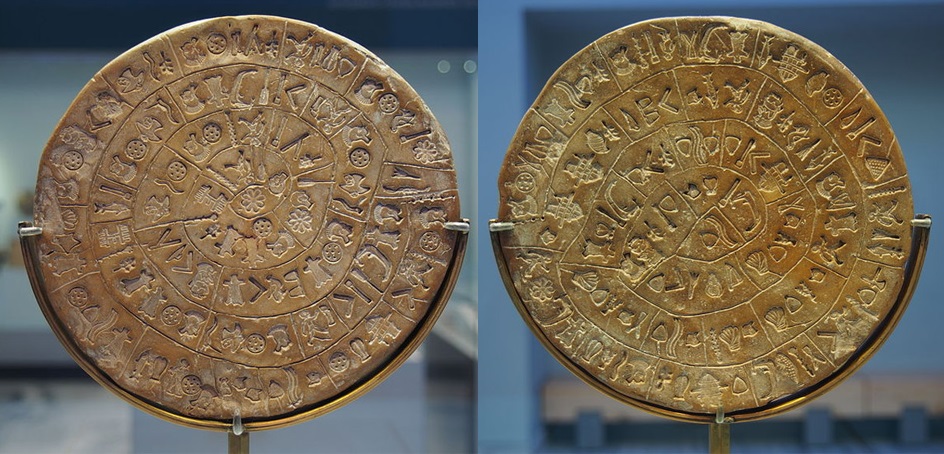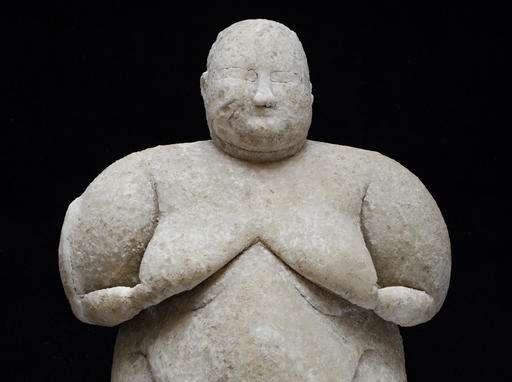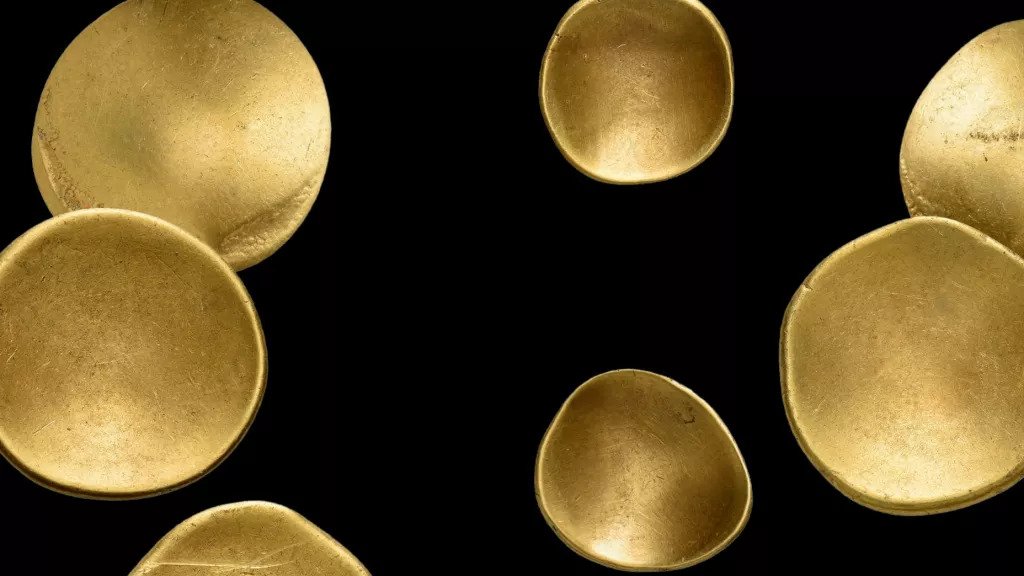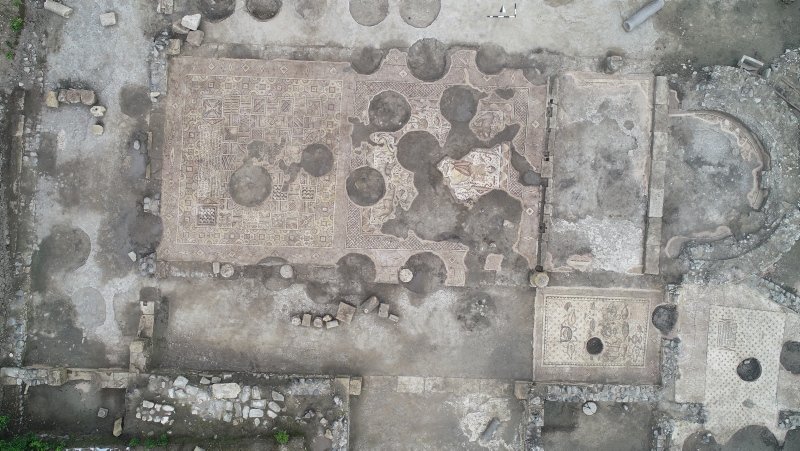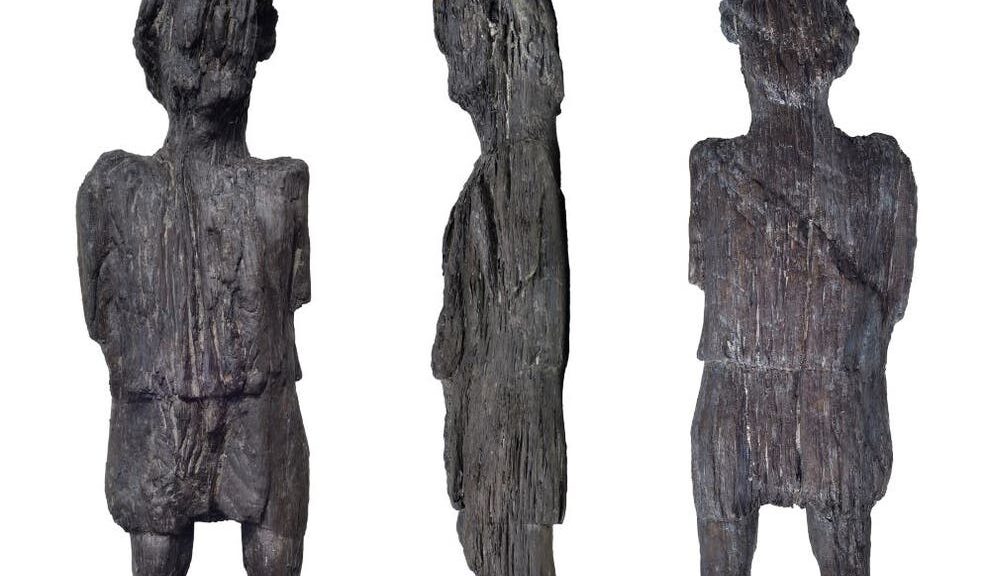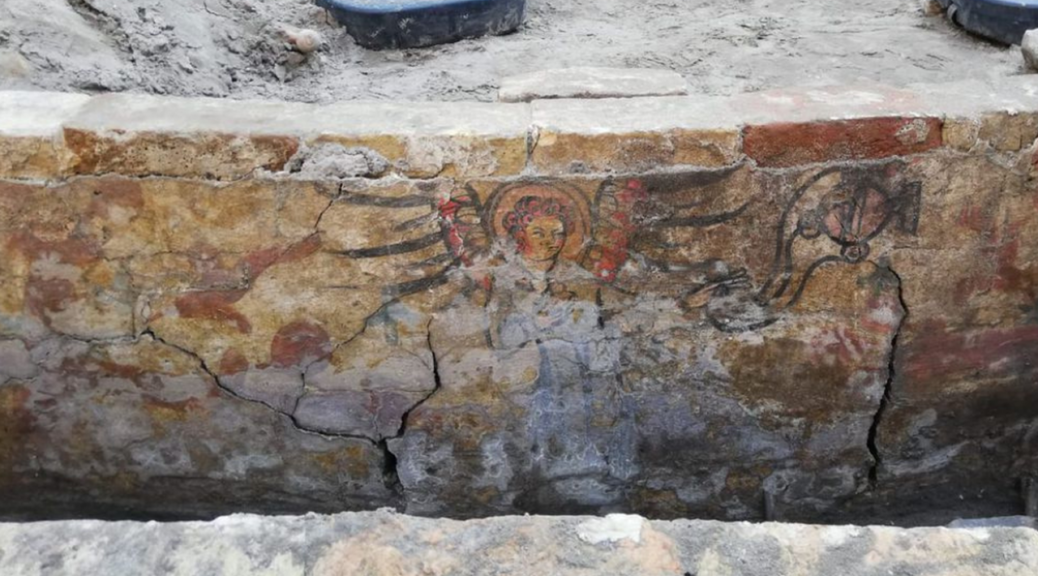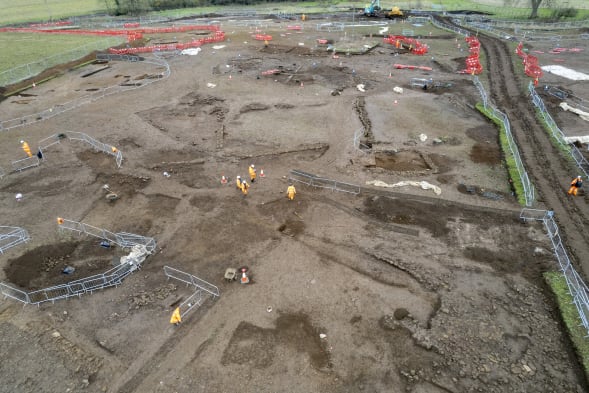Mysterious Ancient Greek ‘Phaistos Disc’ in LOST language finally decoded to reveal sexy secret
Gareth Owens, linguist, archaeologist, and Erasmus Program Coordinator at the Cretan Institute of Technology, has unveiled a new study that allegedly solves 99 per cent of the mystery of the ancient Phaistos disc.
The researcher has devoted 30 years to trying to unravel the mystery of one of the most mysterious artefacts in history.
Owens was able to identify some of the symbols in other religious artefacts discovered in Crete and utterly believes that the inscriptions on the disc describe a religious hymn to a Minoan goddess.

Has the mystery of the Phaistos Disc been solved 100 years after it was discovered?
The Phaistos disc was found in the ruins of the Minoan palace of Phaistos on the island of Crete more than 100 years ago. For decades, scientists have been unable to understand the inscriptions on the artefact or its true purpose.
Most of the success so far has been in its dating. Experts believe that it was made in the second millennium BC.
Scientists call the Phaistos disc one of the greatest mysteries of archaeology.
The overwhelming majority of scientists consider it to be authentic, but there are those who doubt it. The diameter of the disc is about 15 centimeters, on both sides, it is covered with mysterious symbols applied to the surface in a spiral.
For many years of research, scientists have not been able to decipher the language in which the mysterious inscriptions were executed. So far, it has only been established that its symbols are not part of any known alphabet, ancient or modern.
Gareth Owens, in turn, believes that he was able to decipher the mysterious symbols. To do this, he and his team used the method of comparative linguistics, that is, they compared incomprehensible symbols with “related” languages from the Indo-European language family. As a result, scientists came to the conclusion that the disc contains a religious text dedicated to a certain goddess of love – Astarte.
Owens is absolutely convinced that the inscriptions on the disc present a religious text. He was able to identify similar signs and words in other religious inscriptions in the sacred mountains of Crete.
Words similar to those found on the disc have previously also been found on Minoan ritual objects that were used as offerings to the gods.
Therefore, Owens suggests that the Phaistos Disc is a hymn to Astarte, the goddess of love.

In addition, according to the archaeologist-linguist, the inscriptions on the different sides of the disc are not a single whole. He suggests that a hymn to the Minoan goddess Astarte was written on one side, and a dedication to the pregnant mother goddess on the other.
Talking about the importance of the text, Owens reminds us that Astarte was not only the goddess of love. She was also revered as the goddess of war and mountains. It is interesting that she was “born” in the East.
It is believed that her cult to Crete was brought from ancient Mesopotamia. Then, Astarte went to Cyprus, where she gradually became known as Venus.
